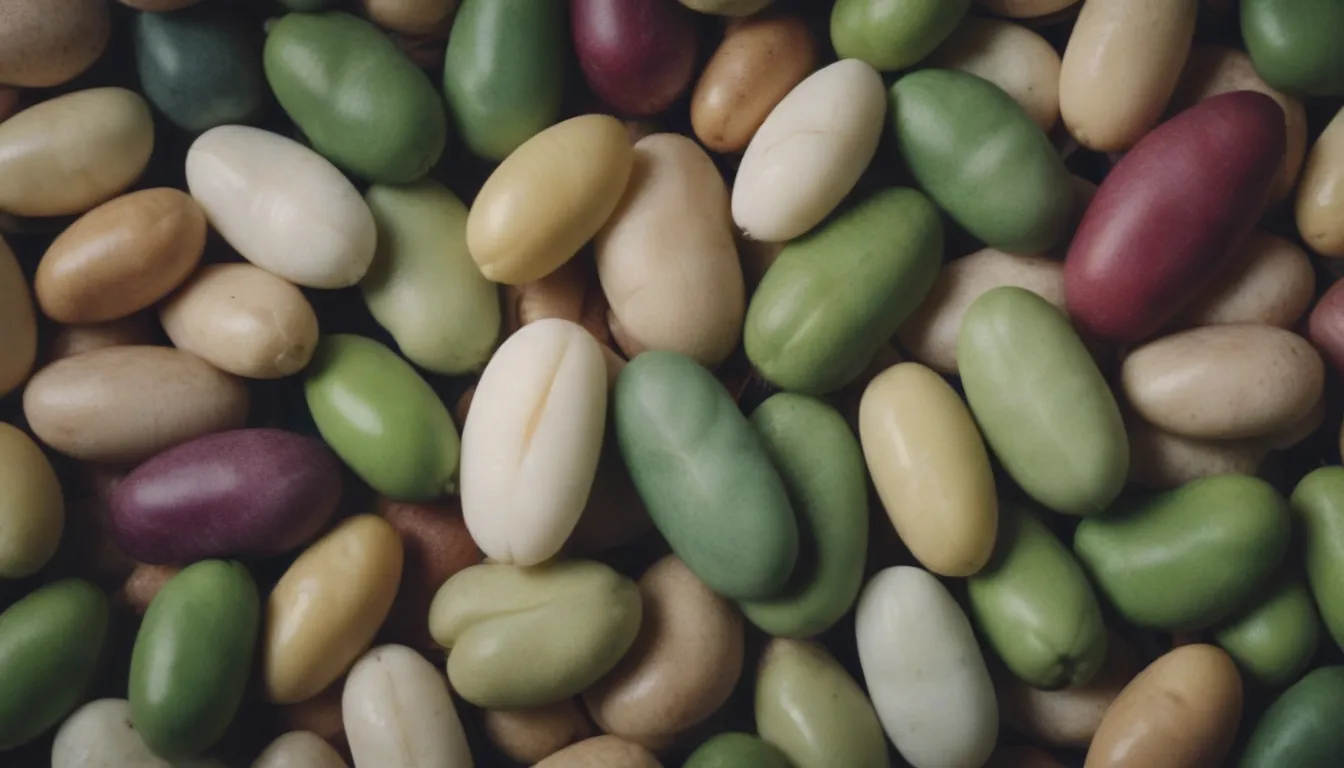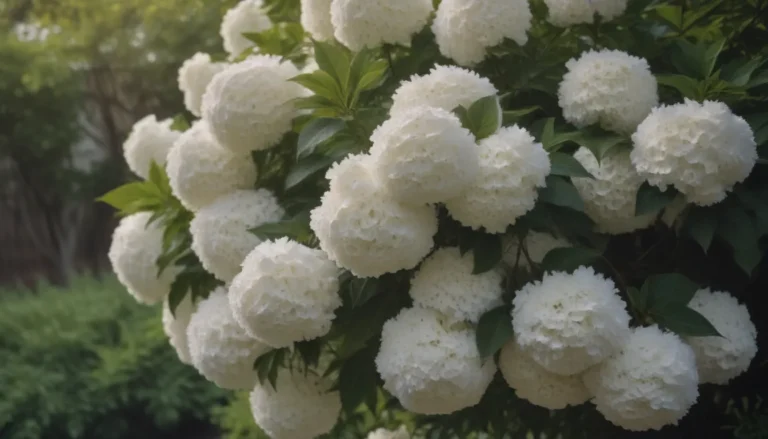The Ultimate Guide to Growing Lima Beans

If you’re looking to add a nutritious and versatile legume to your garden, lima beans are an excellent choice. Also known as butter beans or chad beans, lima beans are a warm-season crop that can be planted in the spring after all danger of frost has passed. With their distinct oval leaves and white or yellow flowers that form loose clusters, lima beans are a unique addition to any garden.
In this comprehensive guide, we’ll take you through everything you need to know to successfully grow lima beans. From planting and caring for your plants to harvesting and storing your beans, we’ve got you covered. So grab your gardening gloves and let’s get started!
How to Plant Lima Beans
When to Plant
Lima beans should be planted in the spring after all danger of frost has passed. The soil temperature should be at least 65 degrees Fahrenheit for seeds to germinate. Wait roughly two weeks after your last frost to plant your lima beans.
Selecting a Planting Site
Choose a site with loose soil and lots of sun for your lima beans. Raised beds or containers are also suitable options. Avoid planting beans near members of the Allium family, as they can hinder root growth.
Spacing, Depth, and Support
Plant seeds about 1 inch deep and 2 to 4 inches apart. Thin seedlings to 4 to 6 inches apart, with rows spaced 2 to 3 feet apart. Seeds should emerge in 7-18 days. There are bush and pole varieties of lima beans, so be prepared to provide support as needed.
Lima Bean Plant Care
Light
Lima beans require full sun, meaning at least six hours of direct sunlight each day. This will not only promote growth but also help keep the vines dry and less prone to fungal issues.
Soil
Ensure the soil is well-draining and moderately rich in organic matter. Lima beans prefer slightly acidic to neutral soil and do not like to sit in wet conditions.
Water
Keep the soil evenly moist but not soggy until germination. Once established, provide at least 1 inch of water per week. Mulch around the roots to retain soil moisture and prevent drying out during hot weather.
Temperature and Humidity
Lima beans thrive in temperatures between 70 and 80 degrees Fahrenheit. They are not frost-hardy, so protect them from extreme temperatures. Adequate soil moisture is essential to prevent issues related to humidity.
Fertilizer
Lima beans generally do not require additional fertilizer, especially if the soil is already nutrient-rich. However, a mid-season dressing of compost or composted manure can benefit long-season varieties.
Pollination
Lima bean plants are self-pollinated, making them easy to grow without the need for outside pollinators.
Types of Lima Beans
There are several varieties of lima beans to choose from, each with its own unique characteristics. Some popular varieties include:
- ‘Christmas’
- ‘Jackson Wonder’
- ‘King of the Gardens’
- ‘Henderson’s Bush’
- ‘Fordhook 242’
With new varieties constantly being developed, you’re sure to find one that suits your growing conditions and preferences.
Lima Beans vs. Fava Beans
While lima beans and fava beans may look similar when shelled and dried, there are some key differences between the two. Lima beans tend to be starchier with a milder flavor, while fava beans have a distinct cheese-like taste. The appearance of their pods also differs, with fava bean pods being bumpy and lima bean pods being smooth.
Harvesting Lima Beans
Knowing when to harvest your lima beans is crucial to ensure optimal flavor and texture. Harvest lima beans at the shelling stage or the dry stage, depending on your preference. Store unshelled beans in the refrigerator for up to a week or freeze them for future use. Dried beans can be kept in an airtight container in a cool, dry place for several years.
How to Grow Lima Beans in Pots
If you have limited garden space or unfavorable soil conditions, growing lima beans in containers is a viable option. Choose a container with ample drainage and support for climbing varieties. Water consistently and provide regular care to ensure healthy growth.
Pruning
While not essential, pruning your lima bean plants can help promote bushier growth and increased flowering and fruiting. Pinch back the top couple of inches of growth as the plant begins to flower for best results.
Propagating Lima Beans
Growing lima beans from seed is a straightforward process that can yield new plants for future harvests. Save seeds from mature plants to ensure a continuous supply of beans. Succession plant seeds at intervals to extend your harvest throughout the growing season.
Common Pests and Plant Diseases
Like other beans, lima beans are susceptible to pests such as bean beetles and aphids. Protect your plants from rodents and ensure proper soil drainage to prevent root rot. With proper care, your lima beans can thrive and provide a bountiful harvest.
By following the tips and guidelines outlined in this ultimate guide, you can successfully grow your own lima beans at home. With a little patience and care, you’ll soon be enjoying delicious, homegrown beans straight from your garden. So roll up your sleeves and get ready to cultivate your own crop of nutritious lima beans!





